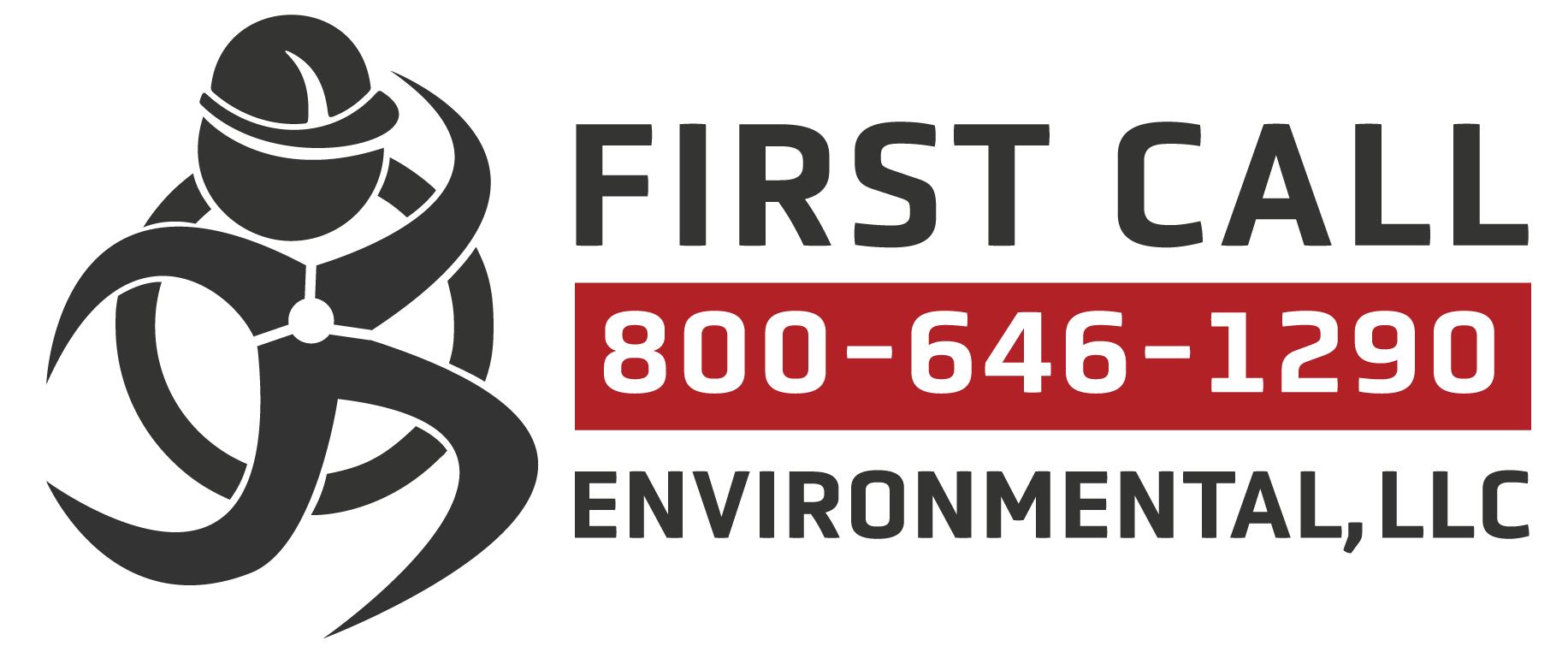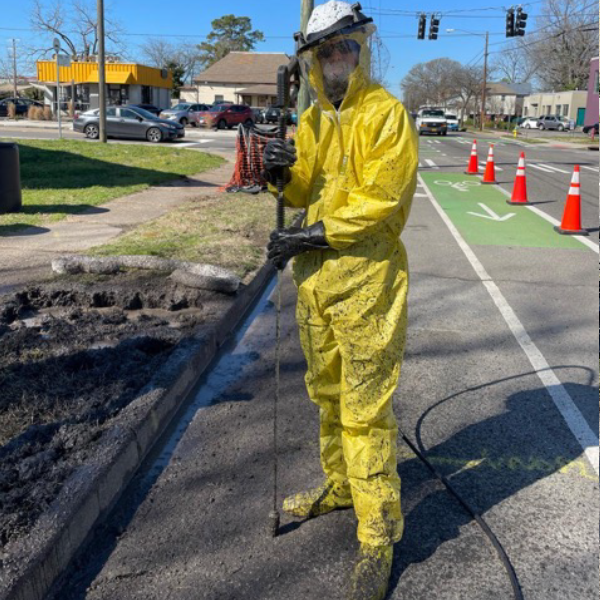The Safety Corner
What Sections on the SDS direct your PPE selection?
- Section 2:
This section reviews the Hazards Identified with the product. There will be Signal words and hazard statements that should be the biggest clue. Some examples of these are:
|
Oxidizer |
May cause cancer |
|
Corrosive |
Do not breath vapors |
|
May cause respiratory irritation |
Wear protective gloves |
|
Flammable liquids |
Use only in a well-ventilated area |
|
Toxic to reproduction |
Remove from the area if inhaled |
|
Keep away from bare skin |
Highly flammable liquid and vapors |
|
May cause drowsiness or dizziness |
Acute Toxicity (inhaled). Harmful if inhaled |
|
Will cause breathing difficulty if inhaled |
May be harmful if inhaled, or comes in contact with the skin |
These are all examples that should create a clue for us to make sure that we are selecting the appropriate PPE for contact and respiratory hazards.
- Section 8
Section 8 Provides guidance on the exposure limits, engineering controls, and personal protective measures that can be used to minimize worker exposure. Required information consists of:
- Recommendations for personal protective measures to prevent illness or injury from exposure to chemicals, such as personal protective equipment (PPE) and any special requirements for the PPE
- Section 9
This section identifies physical and chemical properties associated with the substance or mixture.
Things to look for include but are not limited to:
|
Flash point |
PH |
|
vapor density (for gas) |
Specific gravity (liquids) |
- Section 10
In this section there is a description of the reactivity hazards of the chemical and the chemical stability information. They may include:
|
Reactive hazard? |
Is the product stabile? |
|
Materials to avoid. |
Incompatible materials |
|
Conditions to avoid |
|
When navigating the SDS and trying to find the right PPE for the job, each of these sections should help you determine the appropriate PPE.

